
In the present techno era, most of us like high-definition display device screens and these devices are using several kinds of screens. But only a few of us know the differences between these screens. In the early days, CRT (Cathode Ray Tube) based devices exist like Old modeled television. The moving time cycle also made an impact on various displays. We have seen LCD (Liquid Crystal Diode), LED (Light Emitting Diode) based displays. Today we are going to discuss a different kind of display screen that name is OLED (Organic Light Emitting Diode). The OLED type display unit has its own merits. It introduces a flexible or foldable feature in screens. Before going further let’s take an introduction about Organic Light Emitting Diode.
What is an OLED?
The Organic Light Emitting Diode is a monolithic, solid-state component that typically consists of a series of organic thin layers sandwiched between two thin conductive electrodes (anode and cathode electrode). When electricity is applied across the electrodes then under the influence of the electric field, charge carriers (holes and electrons) move from electrodes into the organic thin films until they recombine in the emission zone and emit energy in the form of photons.
Engineering Inside:
A basic OLED structure contains a stack of thin organic layers that are sandwiched between a conducting anode and cathode. Exploration of OLED internal layers:
Substrate:
It is the foundation of OLED. This is material in which all layers are encapsulated. The substrate is generally made of metallic foil, glass, or plastic.
Anode:
It is a positively charged conductive layer that may or may not be made of transparent material depending on the type of OLED. This layer emits holes or positive charges to the organic layers.
Hole Injection Layer:
Hole Injection Layer (HIL) is deposited over the top of the anode. This layer receives holes from the anode and injects them into deep of the organic layers of the OLED.
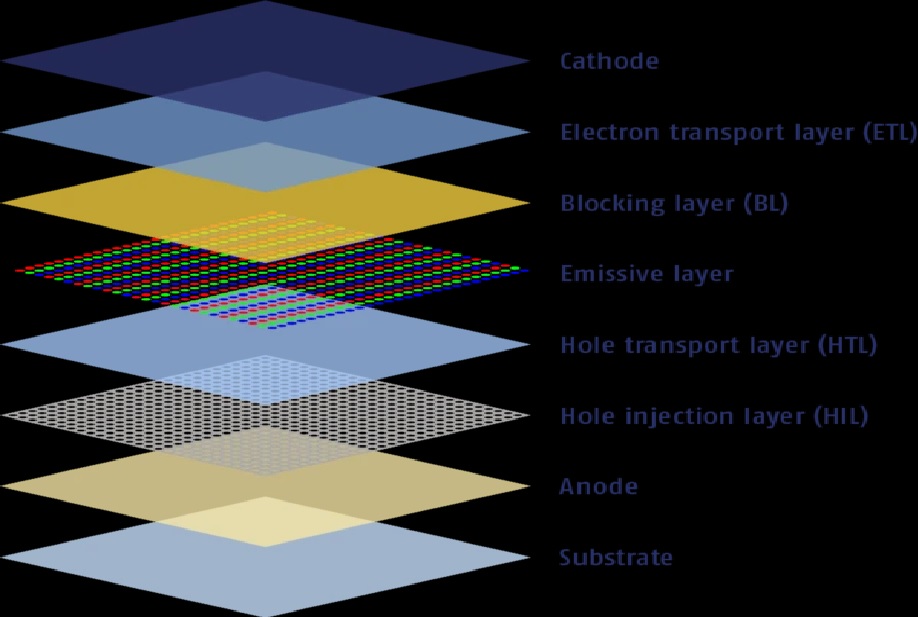
Layers inside an OLED screen
Hole Transport Layer:
This layer supports to transport of the holes across it so they can reach the emissive layer.
Emissive Layer:
It is the main point of this component. The emissive layer is also known as the heart of the OLED and this layer consists of color-defining impurities doped into the base material or host. This is the layer where the electrical energy converts into optical energy.
Blocking Layer:
It is commonly used to improve OLED technology by confining electrons to the emissive layer.
Electron Transport Layer:
The electron transport layer (ETL) supports the transportation of electrons across it so they can reach the emissive layer. This layer is deposited over the cathode terminal of OLED.
Cathode:
Cathode electrodes may or may not be transparent depending upon the type of OLED. It is negatively charged to inject the electrons into the organic layers of the OLED.
Working process:
The OLED works in the same way as convention LED (Light Emitting Diode) work, but instead of using crystal layers of N-type and P-type semiconductors, they use organic materials or polymers to produce electrons and holes.
To make an OLED light up, simply apply a potential across the electrodes. As the current starts to flow, the cathode terminal receives electrons from the power source and the anode receives holes. When holes meet with electrons in the emissive layer, the two things cancel each other and as of result, optical energy is generated in the form of photons. The merging process of electrons and holes is known as the recombination process. Recombination happens many times in a second that’s how OLED generates light for as long as the current keeps flowing across the layers.
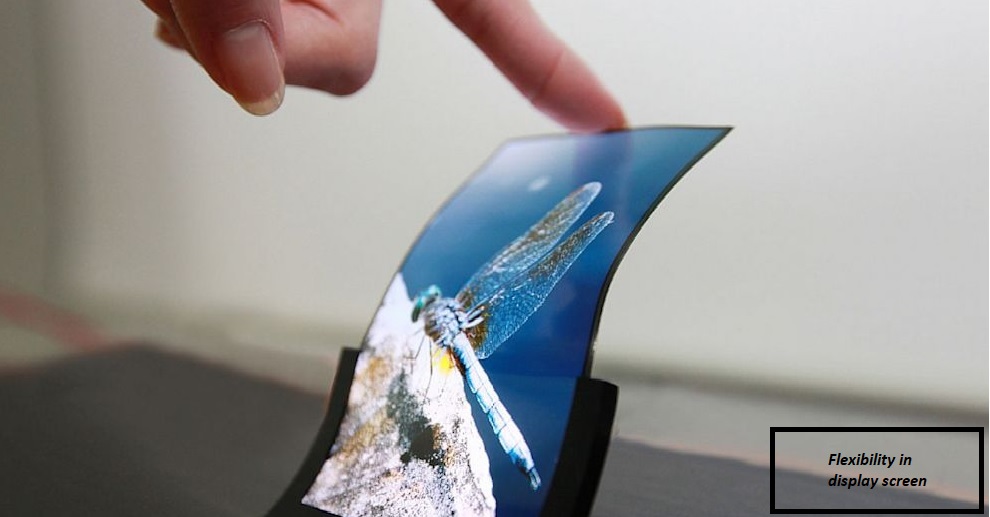
Flexibility of an OLED screen
LCD vs OLED Displays:
An OLED display has many advantages over an LCD. Some of them are given below:
- Improved image quality with better contrast, higher brightness, wide color range, and very high screen refresh rate.
- It consumes low power as compared to LCD.
- The simpler design provides many features to OLED screens like flexible, foldable, and transparent displays.
- Better durability over LCD with a broader operating temperature range.
Application:
OLEDs are used today in most smartphones, Digital cameras, Smartwatches, Smart TV, Digital photo frames, and many more display devices with high resolution. OLEDs are being in mobile devices widely because they are thin, efficient, flexible, and bright. Its manufacturing is costly as compared to LCDs but being more durable with long life reduces their price.
Thank you for reading. See you soon with another exploration!

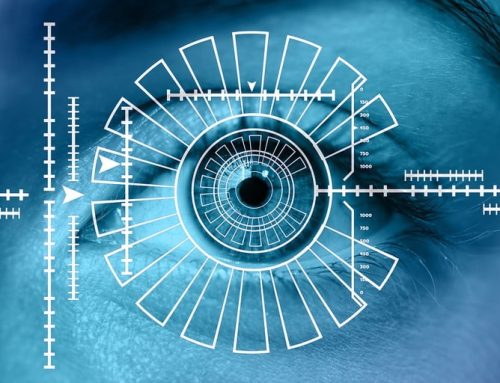
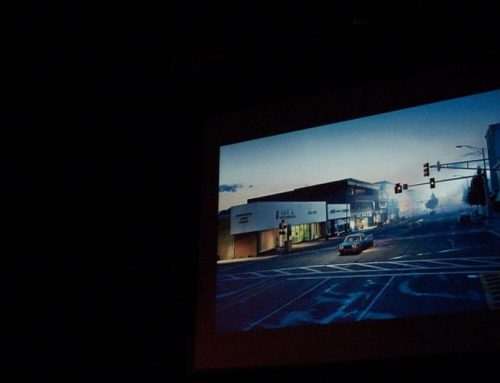

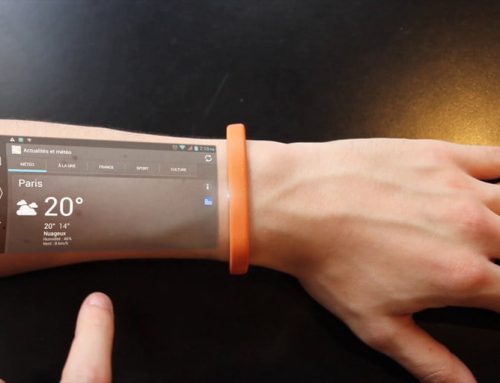

[…] of QLED. It is an acronym that means quantum dot light-emitting diode. Don’t get confused with OLED. But what is a quantum dot light-emitting diode? Let’s find […]
[…] all these to the smart mirror. A smart mirror is an arrangement of a flat display like LCD or OLED behind a two-way mirror. Only the light coming from the display screen is visible to the user […]